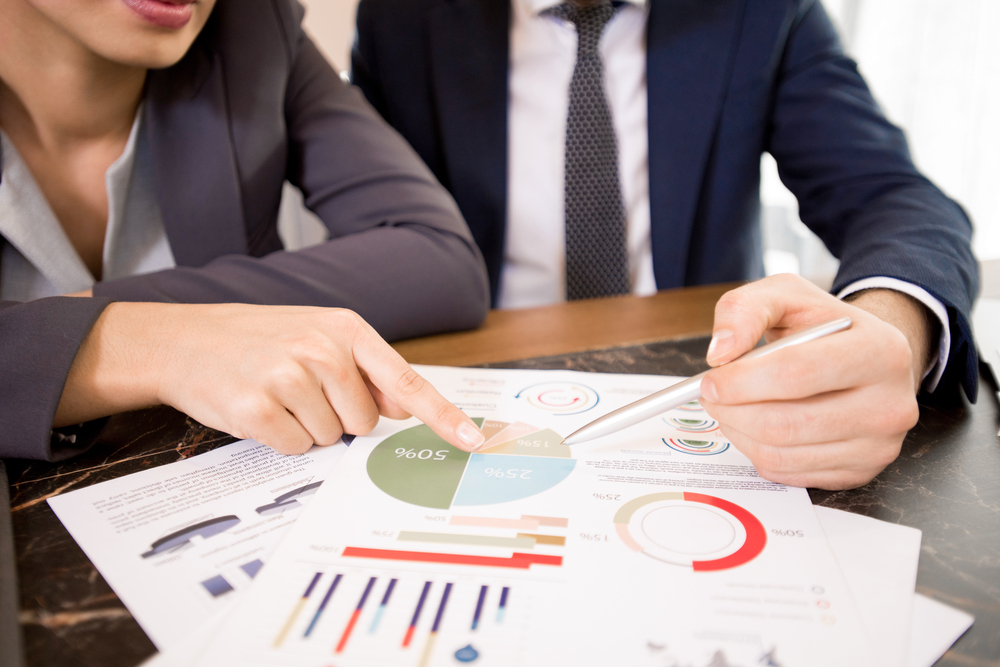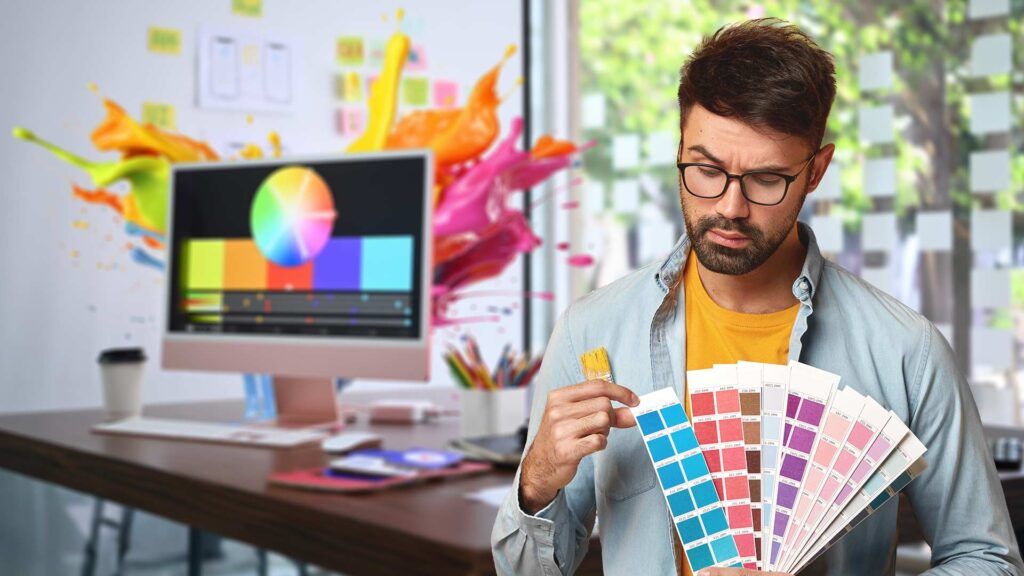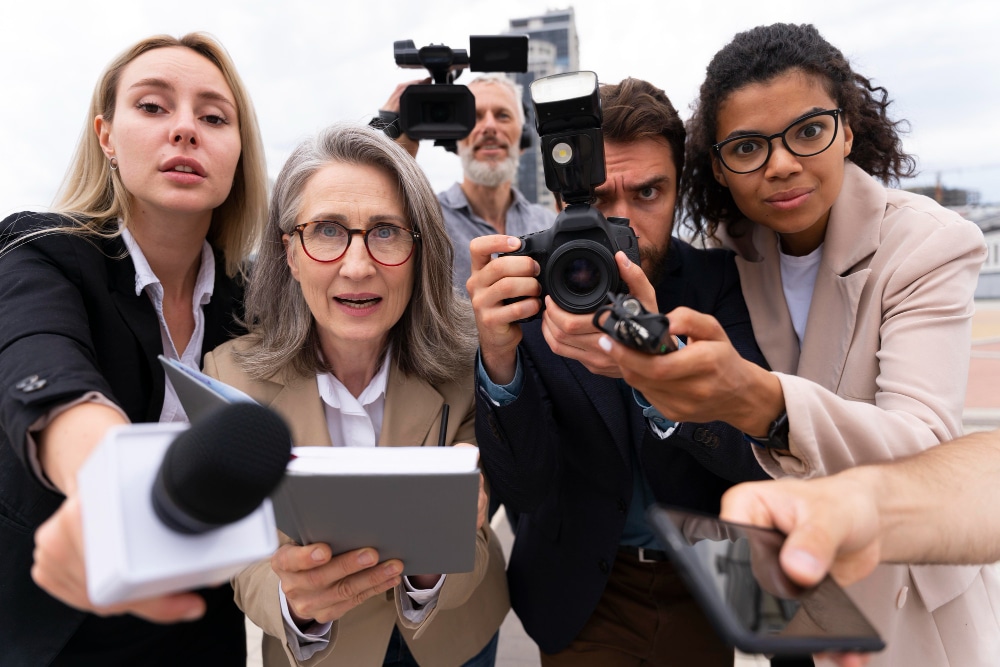A press interview, a TV set, a podcast on the web, or a radio program? There are many opportunities to speak in the media, and when they arise, it is regretful not to take advantage of them. The trick, however, is to use them properly. In the following post, I outline a few rules for preparing for an interview to build a position as an expert and achieve the desired communication goals.
Make sure you know who you are talking to
When we go to a private party with a stranger, we usually try to find out something about our host beforehand. This makes us feel safe and confident, which later translates into the quality of conversations and relationships established. The same principle also works in the context of meeting a journalist. Knowing who we are talking to and who will be listening/watching makes us less nervous and makes it easier to focus on what we want to say.
At Planet Partners, our clients receive a briefing from us each time before recording an interview. This document details the presenter’s profile, the media title they work for, and the shape of the media’s audience. A good briefing also includes information about the interview’s topic and possible contexts of the conversation. The latter is beneficial when we need to know the questions the media representative wants to ask us in advance.
Preparing for an interview with a journalist is worth thinking through not only what we want to say but also what we should not say. And this is not about lying or withholding facts but about consciously building statements. For example, suppose you work in a large corporation where the rule is that we don’t comment on the company’s financial results. In that case, it’s a good idea to have a prepared answer in case a journalist asks you about the last quarter’s revenues. There is nothing wrong with admitting that we are not authorized to disclose such information.
Remember key messages
On the surface, the phrase key messages, or the essential information you want to convey to your audience during a conversation, may sound rather magical. But in essence, it’s all about thinking through the communication goal of the interview, i.e., what should be stuck in the recipient’s head about us (or our company or the project or initiative we’re talking about) after watching/listening to the interview. Once the communication goal is clear to us, preparing key messages will prove relatively easy.
The difficulty comes later, however, when we want to refer to critical messages during the interview. There are several techniques for guiding the interviewer to what we want to say, and they are perfectly described by Adam Łaszyn in his book “Media and You. “The Media and You. How to manage personal contact with journalists”. If I had to advise something here and now, it is: after writing down your key messages, memorize them, but only in the form of slogans, not complete statements. This way, you will be able to take them into account on the fly when answering questions without worrying about the effect of artificiality. Over time, you’ll also notice that you’ll find it increasingly easy to use your interlocutor’s questions as a springboard to help you convey one of your key messages.

Match the language to the medium and the audience
One of the characteristics of a good conversationalist is that he knows how to adapt his language and manner of speaking to what he wants to convey and to whom. As in life, we talk differently to a family members, differently to friends after work, and still different to a potential client. That said, there are some general rules to follow whether you’re preparing to visit a science or news program studio or you’ll be talking about a fascinating project on a technology podcast.
First, speak understandably. Using jargon terms only adds to our professionalism. More often than not, it makes our message unreadable, and we lose the listeners’ interest. Second, use short sentences. This entire paragraph is written in short sentences. And while I hope it reads as pleasantly as the previous one, concise phrases add dynamism to the conversation and make it more interesting. This works well for a press interview and a radio or TV interview.
Third, be an oasis of calm, and let your words reflect that, too. Refrain from getting caught up in the discourses that present hypotheses A and B (usually opposite) and expect you to take sides. If you are asked about a problem, pay attention to how to solve it. Don’t repeat the journalist’s negative statements. Continually formulate your statements in a positive tone. If you can use comparisons, and anecdotes, try to avoid presenting dry statistics. Work on your imagination, especially when dealing with abstract numbers.
Also, assimilate the principle of speaking in complete sentences. This comes in handy significantly when recording “hundreds “1 for news footage, where the reporter’s questions are cut out during editing, but it will be okay with longer forms, such as interviews. Phrasing the answer so that it includes the question being asked not only makes it easier for the viewer to understand what we are talking about but also makes it more challenging to take our statement out of context later.
Fourth, and who knows if not most important: never lie. If you don’t know the answer to the question, don’t pretend otherwise. Instead, assure the journalist that you will send him additional information or help him get to the sources. Be polite and make yourself likable.
There is no such thing as off-the-record
That is, there is. But to understand a certain perversity of this mechanism, you need to know the specifics of a journalist’s work. For editors, the news is always essential; preferably, it should be first-hand information and one that no one has published anywhere before. At the same time, trust is at the heart of a reporter’s work, and he does not want to violate it. Therefore, if we mark our statement as off-the-record behind the scenes, it means that it is confidential, and most journalists will not make it public. But even if they won’t use your statement word for word and put your name on it, they can still use it as a starting point to dig deeper into a topic you might not want to mention right now.
Don’t treat a journalist as an enemy, but don’t assume they are your friend. Carefully choose the words and topics you talk about during the recording and outside of it. You can accuse me of being cautious, but I believe that the principle of the prudent always insured works in every sphere of life. Also, when preparing for a public performance.
Take care of the technicalities
In which part of the city will the interview take place? How long will I get there (including possible heavy traffic on the road)? Can I use a parking lot in the nearby distance? Or is it better to take a cab? These are all questions, the answers we need to know in advance.
It’s a good idea to arrive at the recording site about 20 minutes early. Not only because no one likes latecomers but also to give yourself a few minutes to calm your breathing, collect your thoughts, organize critical messages in your head, and even perform simple exercises to warm up your jaw. The extra minutes, in addition to airtime, also provide an opportunity to exchange a few sentences with the interviewer and establish rapport with them. This will come in handy during the interview, but will also pay off in the future when the journalist is looking for interviewees for the next topic.
T-shirt or shirt? High heels or ballerinas?
In truth, it depends, and it depends on many factors. It depends on what the topic of conversation is (whether we are presenting a report on digitization in Poland or inviting you to an international Mars rover competition), who we are talking to, the profile of the broadcast/program we are hosting, and who will be listening/watching us.
We should certainly be comfortable. If we already have to buy new clothing items for the occasion, it is worthwhile to “unlace” them beforehand so that we feel comfortable in them. In most cases, the best style will be bright casual – a plain shirt in light colors, a jacket, pants, or a skirt long enough not to expose the thighs and knees. It is better to avoid patterned and striped shirts, as they like to shimmer in the eye of the camera. When in doubt, it is always better to be overdressed than underdressed.
When choosing jewelry, it is worth going for minimalism. Not only so as not to distract from your message but also because any sound made by longer earrings, a heavy necklace or a loose bracelet, or a watch dropping with a clatter on the table top will be picked up by the microphone and thus heard at home by any listener/viewer. Jewelry around the face can also make it difficult for makeup artists to do their work before the recording.
Speaking of makeup. Editorial offices don’t always provide access to on-site professionals, so it’s a good idea to bring a transparent powder with you to mattify your face before the show if necessary.
Coffee or tea?
Preferably water. Both coffee and tea dry out the mucous membranes and make it difficult to speak freely during a recording. It is best to rely on non-carbonated mineral water at room temperature or minimally cooled.

The camera in front of me, and what’s behind me?
If the interview is recorded in the studio, we most often do not have to worry about what is behind us. A staff of people works on the set to make us look as favorable as possible in the eye of the camera. The situation is different when the interview is recorded remotely; the journalist asks questions from the studio, and we answer them in the company or at home. Then it is imperative to look into the camera’s eye before joining the interview and check what the background behind us looks like, mainly what range of our room the camera covers.
If the interview is being recorded at the company’s headquarters, it is better to realize it is standing rather than sitting. Then it is essential to take care of posture. It is necessary to stand straight but not to stiffen up. Put your feet in a small stride, allowing you to shift your body weight to the back leg. This will make it more challenging to make unwanted body movements, such as swaying from side to side. We will stand stably and feel comfortable.
Mental check
Once you’re comfortably seated, and there are minutes left before the recording starts, it’s a good idea to make sure that if you keep your phone in your pocket, it’s turned off. The minimum option is to mute the device, but the microphones used by the media are susceptible, so if the phone starts vibrating, they are sure to catch that sound and amplify it. It’s also a good idea to look at the position we’re sitting in and ask what range of our body the camera can see. This is also the last moment to get any nervous tics under control, such as drumming your fingers on the table, twirling the ring on your finger, or pounding out a rhythm with your foot. Finally, take another deep breath, and the red light comes on, meaning we are entering the recording phase.




